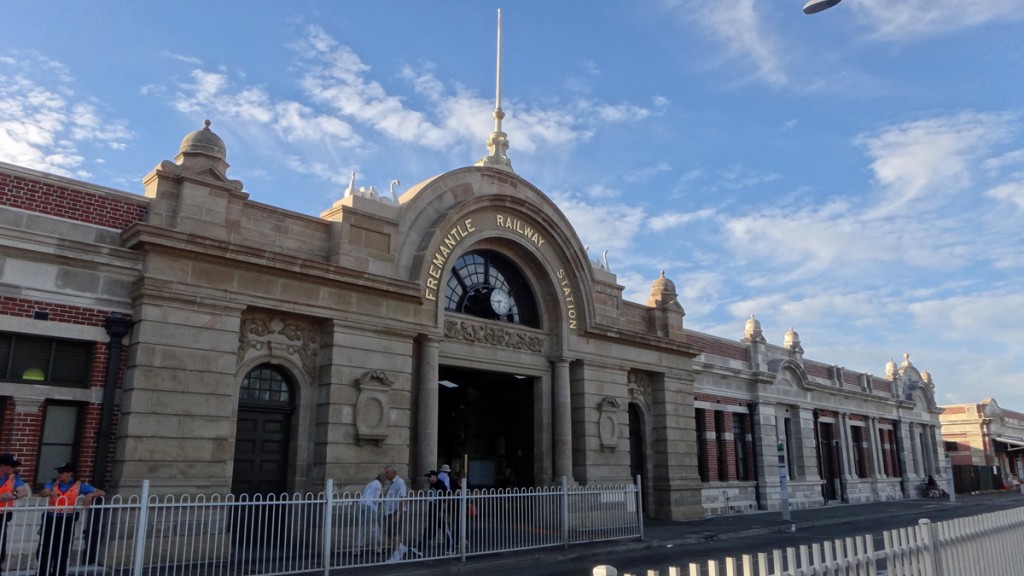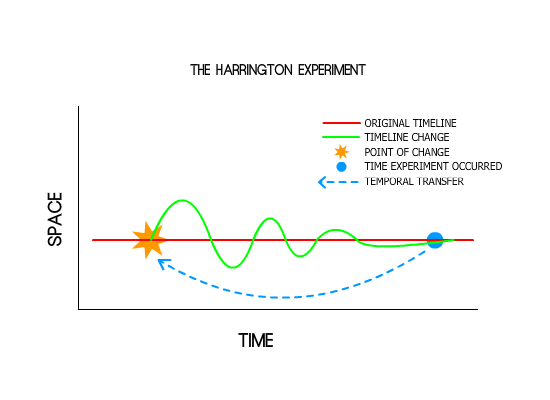“Chronoportology is the study of artificial traversal of the spacetime continuum; in essence, the science of Time Travel.”
– “Chronoportology: The Basics”, from the archives of the Novodantis
The history of time travel as a serious science is surprisingly sparse, up until the mid to late third millenium. By 2.9.C * it was growing fast, as new ways to transmit information along time were continually being discovered. However, there was a crucial limitation that prevented movement of a person against time’s flow.
The Law of Conservation of Energy states one of the cornerstones of known science: energy (and therefore mass) cannot be created or destroyed, only transferred. Because of this, the sum of matter and energy in the universe at any given moment will always be the same. In other words any object, such as a chrononaut, cannot physically move back in time (as any given quantum particle only exists once at any point in time). On the other hand, information is an abstract construct and thus circumvents the mass-energy constant.
Thus, a breakthrough came with the invention of Teleportation. This controversial new technology destructed mass at one location, then remotely assembled the pattern using atoms elsewhere. The implications were many: revolutionising transport, causing a multitude of religious wars (due to its shattering effects on the Self and supernatural concepts) and opening up the economy of the solar system. It was only a matter of time before the method was applied to Tetra-warp, the method of shifting atoms in the past. With this advancement, true Chronoportology was born.
The other great limitation to the practice (that remains unresolved), is the necessity of a highly accurate set of data about the target location and a heap of matter to manipulate. This target window and assorted matter is known as a Chronozone. Given that their creation and recording depends on prior knowledge of Chronoportology, destinations before the invention of time travel would appear impossible. This also explains why no time travelling has been witnessed in past records.
(*) – The Novodantis Core uses thirty-second century notation for centuries: eg. “2.9.C” = the twenty-ninth century.


